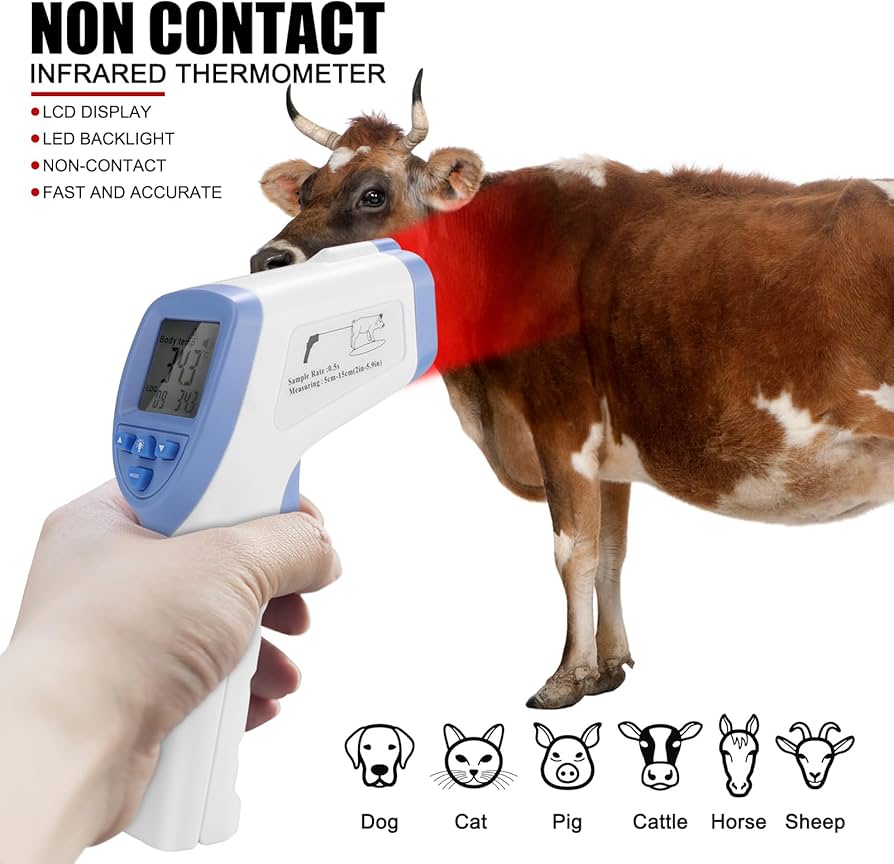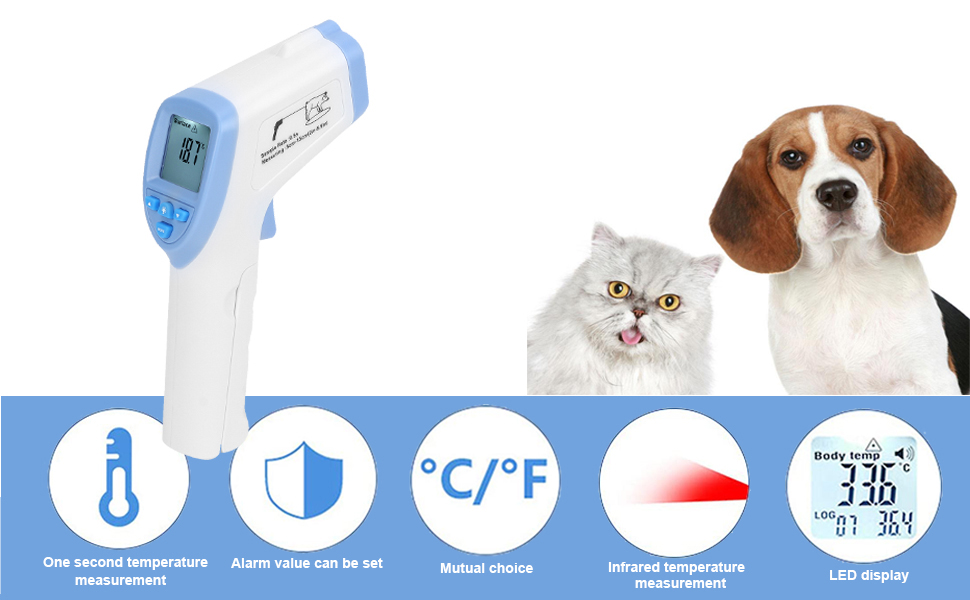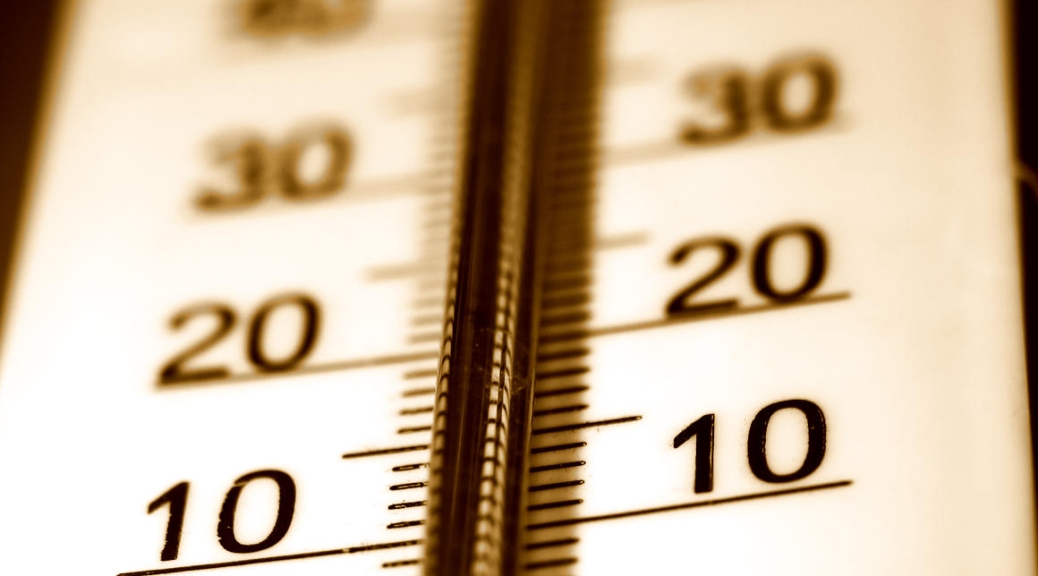Temperature Taking: Accurate Methods and Tips for Your Horse

Monitoring your horse’s temperature is a vital part of maintaining its health and detecting early signs of illness. This article explores the most accurate methods for taking your horse’s temperature, practical tips to ensure reliable readings, and answers to common questions.
Why Temperature Monitoring is Important

Regular temperature checks help identify infections, inflammation, or other health issues early. A horse’s normal temperature ranges between 99°F and 101.5°F (37.2°C to 38.6°C). Deviations from this range can indicate fever or hypothermia.
Accurate Methods for Taking Your Horse’s Temperature
| Method | Description | Pros | Cons |
|---|---|---|---|
| Rectal Thermometer | Most common and accurate method. Insert a lubricated digital thermometer gently into the rectum. | High accuracy, quick results | Requires horse cooperation, risk of injury if not careful |
| Infrared Thermometer | Measures temperature from the skin surface, usually on the forehead or ear. | Non-invasive, quick | Less accurate, affected by environment and dirt |
| Digital Thermometer | Can be used rectally or orally but less common orally in horses. | Versatile, digital readout | Oral use less reliable in horses |
Step-by-Step Guide to Taking Temperature Rectally
- Prepare the thermometer by cleaning and lubricating it.
- Approach your horse calmly to avoid stress.
- Lift the tail and gently insert the thermometer about 2-3 inches into the rectum.
- Hold the thermometer steady until it beeps or signals completion.
- Remove and read the temperature.
- Clean the thermometer thoroughly after use.
Tips for Accurate Temperature Taking
- Always use a clean, disinfected thermometer.
- Lubricate the thermometer to prevent discomfort.
- Ensure the horse is calm and restrained safely.
- Take multiple readings if unsure.
- Record the temperature along with date and time for monitoring.
Common Questions (FAQ)
Q: How often should I take my horse’s temperature?
A: During illness or after strenuous activity, check 2-3 times daily. Otherwise, routine checks weekly or monthly are sufficient.
Q: What if my horse resists temperature taking?
A: Use gentle handling, treats, and ensure the horse is comfortable. If resistance persists, seek help from a veterinarian.
Q: Can environmental factors affect temperature readings?
A: Yes, extreme weather or dirty skin can impact infrared thermometer accuracy.
Conclusion
Accurate temperature taking is essential for early detection of health issues in horses. Using the right method and following best practices ensures reliable readings and helps maintain your horse’s well-being.
Feel free to use this guide as a reference to keep your horse healthy and happy!
